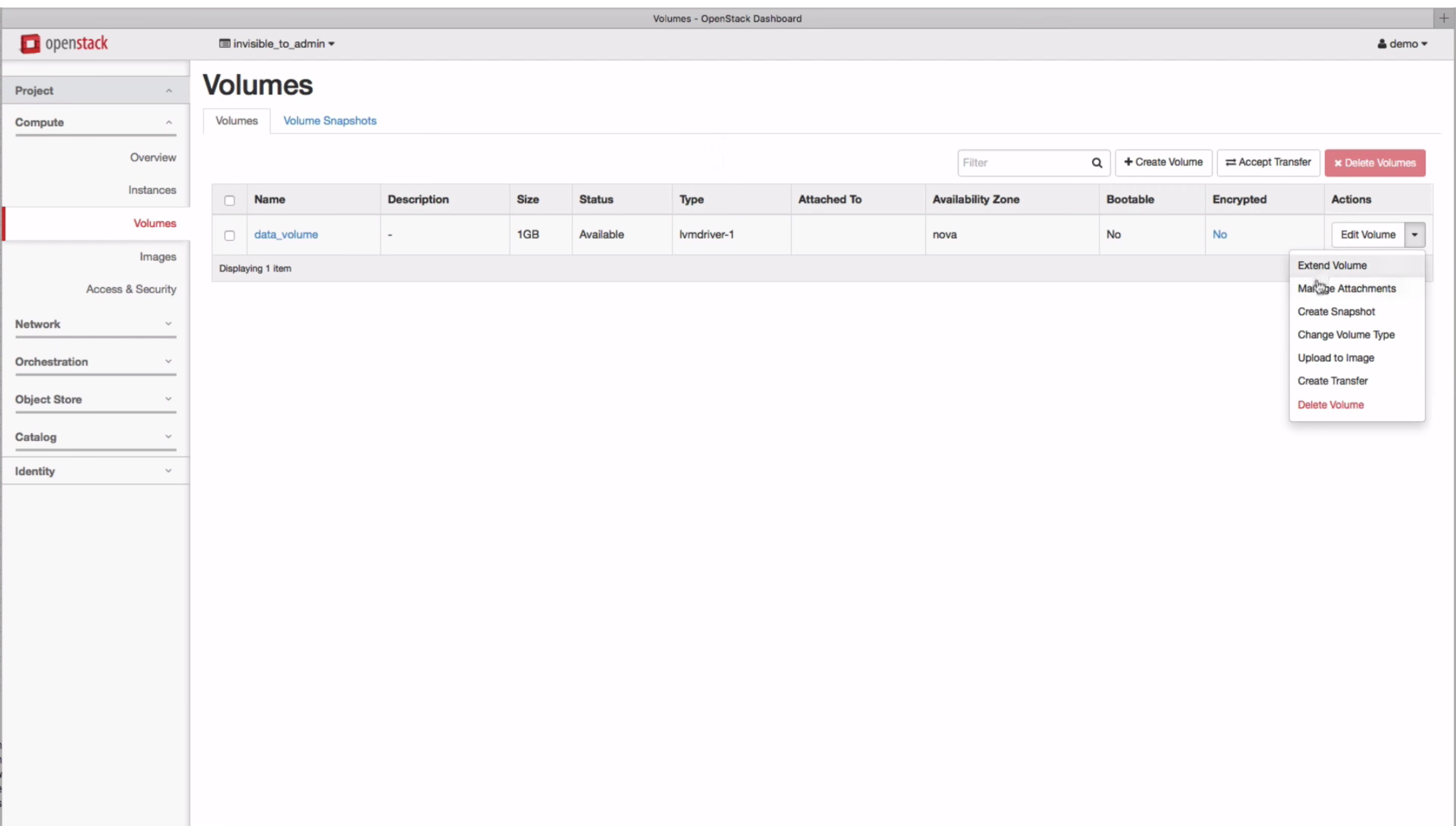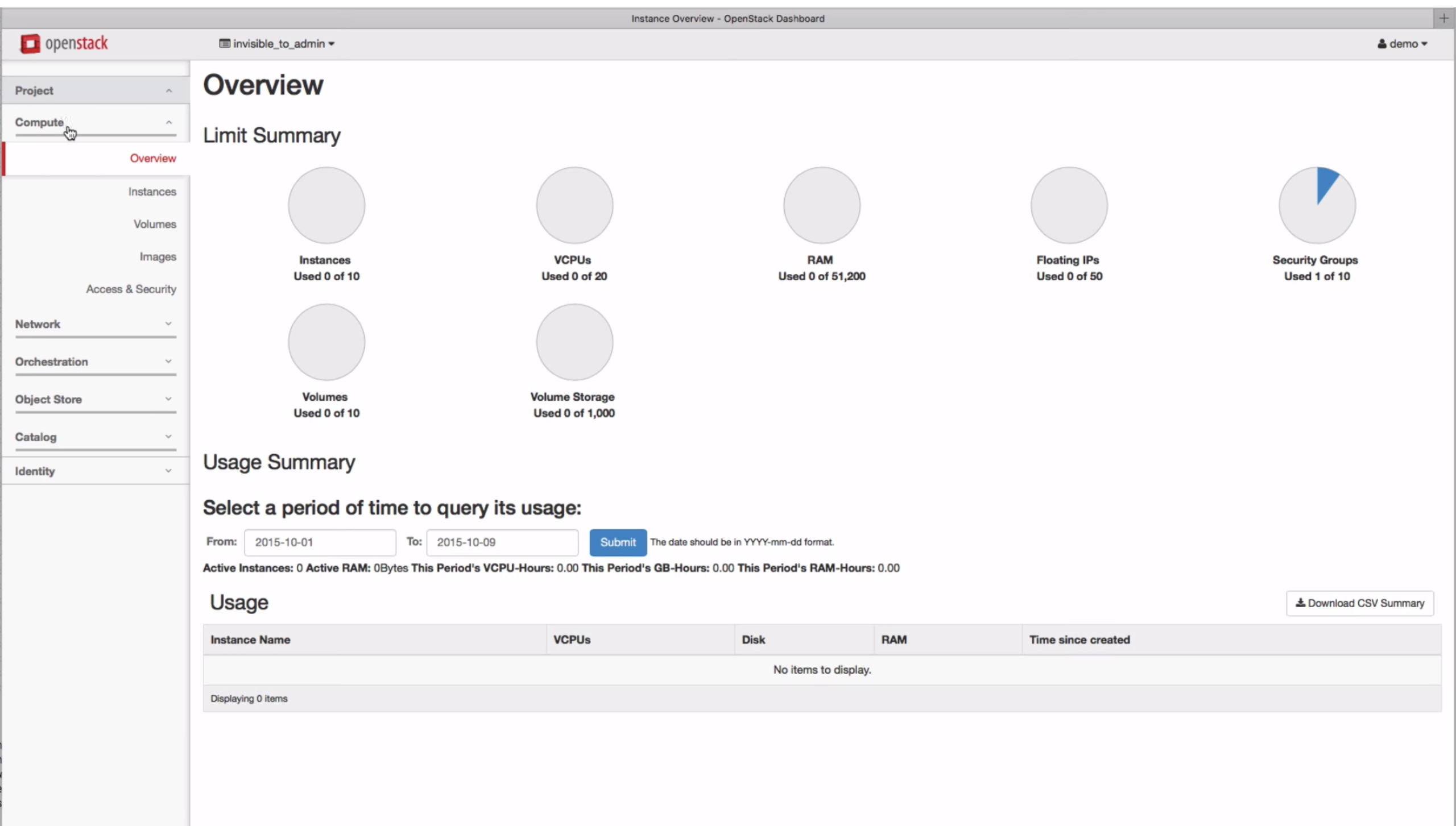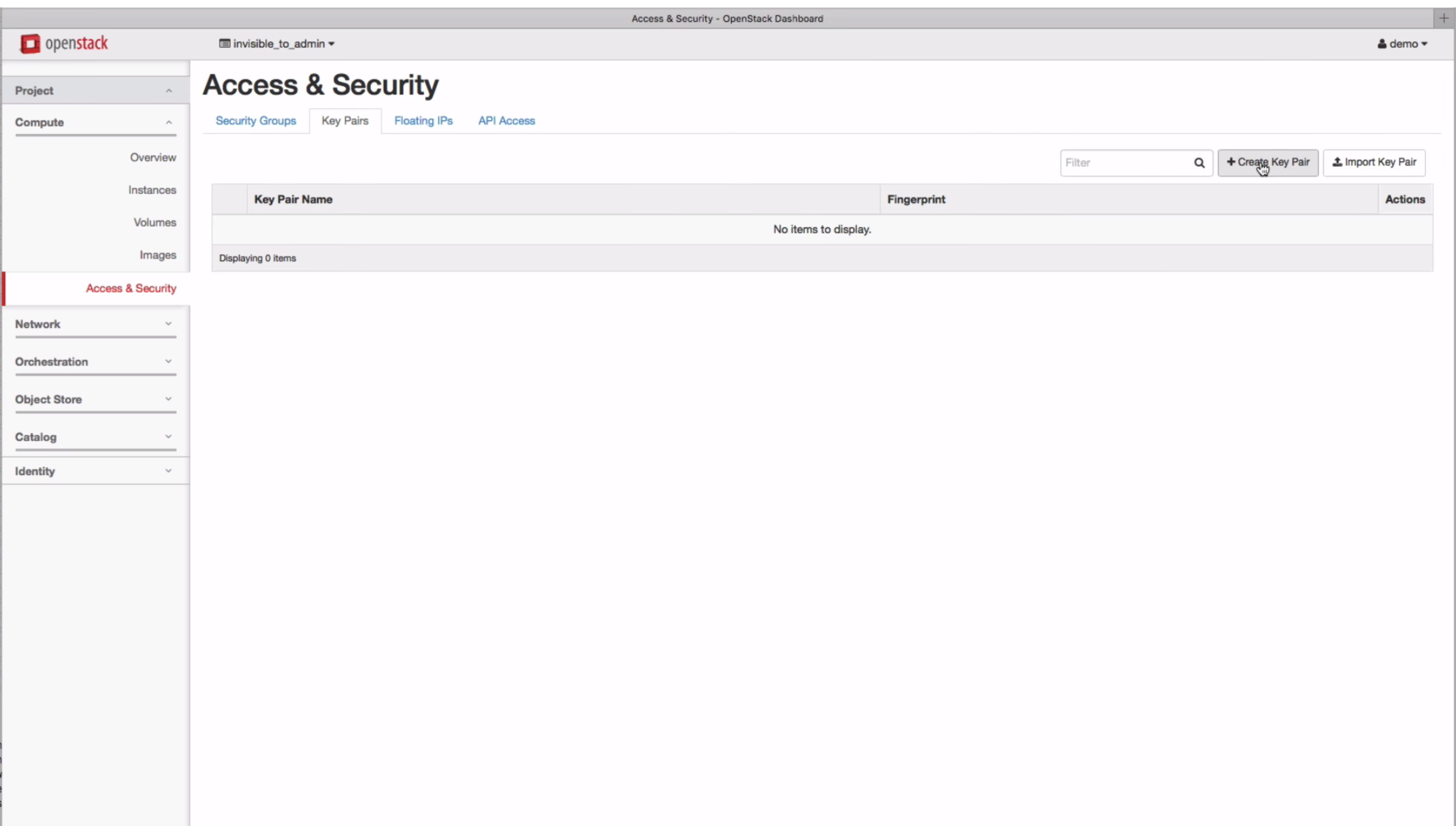OpenStack software controls large pools of compute, storage, and networking resources throughout a datacenter, managed through a dashboard or via the OpenStack API. OpenStack works with popular enterprise and open source technologies making it ideal for heterogeneous infrastructure.
OpenStack
Images
Check Software Images



Customer Reviews
OpenStack Reviews
Farhad S.
Advanced user of OpenStackWhat do you like best?
Freely available on-prem cloud software orchestrator.
Excellent top-down design with widest range of features (virtual networks, bare-metal support, container support, integrated VM and container support, vlan-aware VM support), etc.
What do you dislike?
Complex architecture. Hard to get experienced personnel to support huge clouds and train new personnel.
Stability not the best (hard to get five nines inspite of providing redundancy for most components and services).
Recommendations to others considering the product:
Free to use open-source software for implementing small, medium and large scale on-prem cloud infrastructures.
Unlike VMware (which I consider a bottom-up design: started with hypervisor and then build the cloud orchestrator around it) , Openstack is a well thought of top-down design architecture.
Pros:
Provides all the features one might ever think of using (currently) in today's cloud infrastructure. You will not find any feature lacking.
Open source support is decent (developers and implementers genuinely try to help on the open source forums) but you get what you pay for.
If you don't have the technical expertise and personnel to manage medium to large scale clouds it is advisable to sign up with professional services from some vendors.
Cons:
Hard to get experienced personnel and train new employees due to complexity.
Stability is questionable. Impossible to get anywhere close to five nines in spite of having redundant nodes and services.
What problems are you solving with the product? What benefits have you realized?
In-charge of a 3000 node bare-metal infrastructure cloud.














